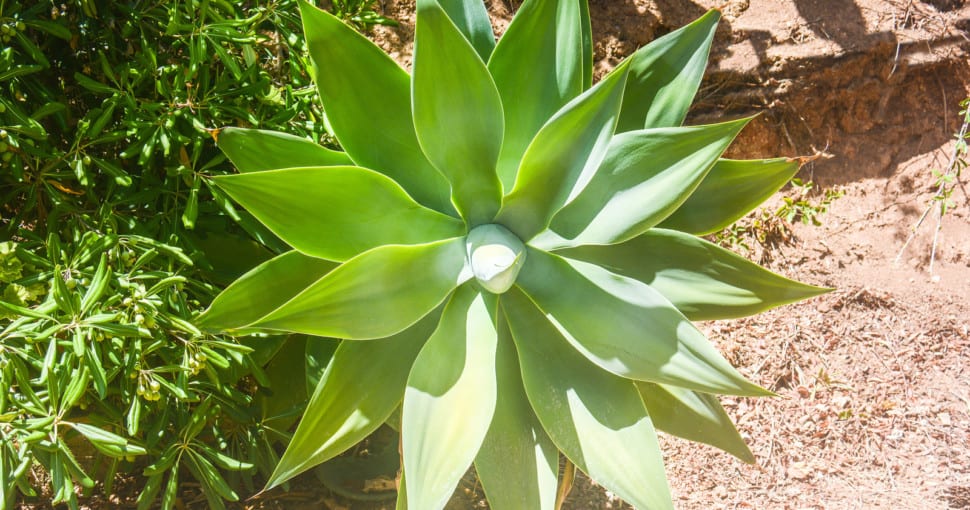Agave plants have a unique beauty – their succulent blue-green leaves, growing in a spiraling rosette, are outlined by sharp, serrated spikes. Native to the American Southwest and Mexico, agave is adapted to extreme heat and cold. They are tough, fuss-free plants that bring structure and texture to the garden. Agave plants look great when grown alongside similar succulent plants in a xeriscape.
The century plant (Furcraea spp.), a close relative of agave, looks very similar to agave. Aloe, yucca, dracaena, and bromeliads like dykia and pineapple plants share a resemblance with agave. People often mistake agave for one of these species, but if you look closely, there are ways to tell them apart.
1. Century Plant
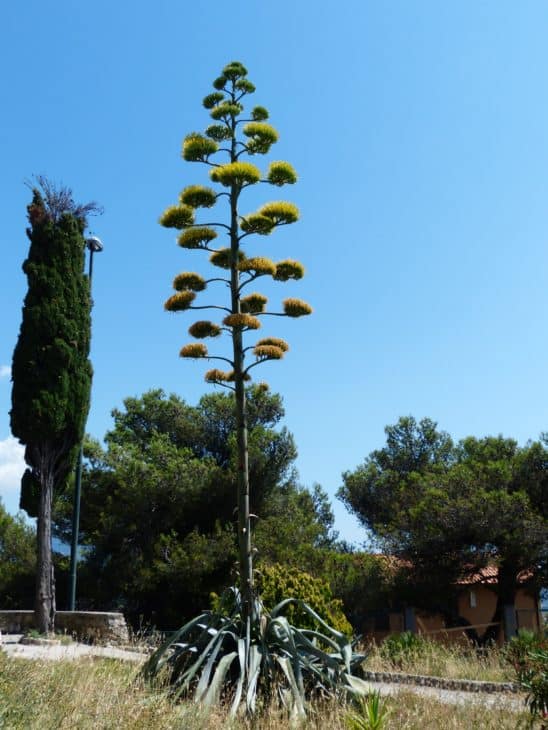
Furcraea foetida, AKA the century plant, has a lot in common with agave. In fact, it is even sometimes referred to as a false agave due to its close resemblance.
The century plant has thick, succulent leaves that grow outwards in a rosette. Like agave, they are very large plants, growing up to 6 feet tall. The leaves are also spikey, like agave.
The tall inflorescence of the century plant is almost exactly the same as that of agave. A thick stem grows from the middle of the plant and shoots upward to a height of over 20 feet. This holds a large cluster of scented blooms.
The century plant has similar growing conditions to agave. It prefers to grow in full sun. These hardy plants are heat and cold-tolerant, surviving temperatures as low as 25°F. Due to their fleshy leaves and large rootstock, they can cope with drought and only require occasional watering.
2. Aloe
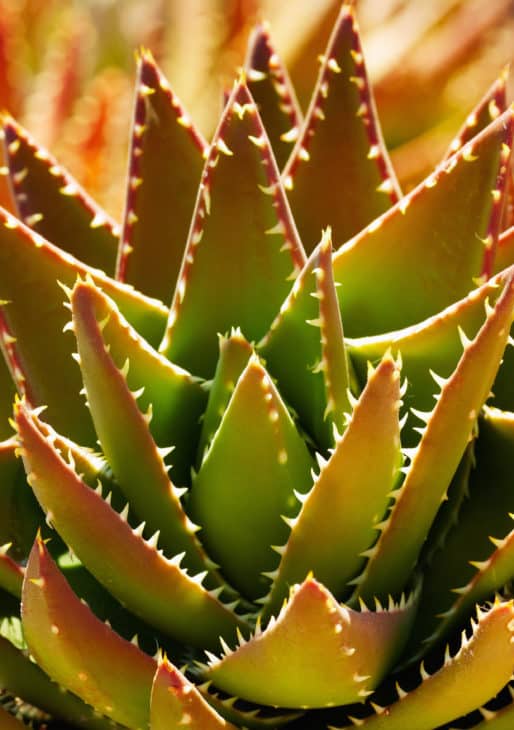
There are many different species of aloes, and some look remarkably similar to agave plants. It is easy to mistake an agave with an aloe, especially if you are not looking at them side-by-side!
Aloes are succulents that have thick, fleshy leaves which grow in a rosette. The leaves have sharp thorns along the edges, similar to agave. Some aloe species get very large, like agave, while others remain small.
Aloe flowers also grow on tall flowering stems, like agave. But these plants produce a number of inflorescences, unlike agave, which produces a single one. The flowers are yellow, orange, or red, and birds love sipping on their nectar.
The difference between aloe and agave is inside their leaves. When you break an aloe leaf, it looks like gel inside. When you break an agave leaf, it is fibrous inside.
Aloes have virtually the same growing requirements as agave. Because they are native to Africa, aloes are drought and heat tolerant. Aloes like to grow in full sun and only need to be watered every now and then.
3. Yucca Plants
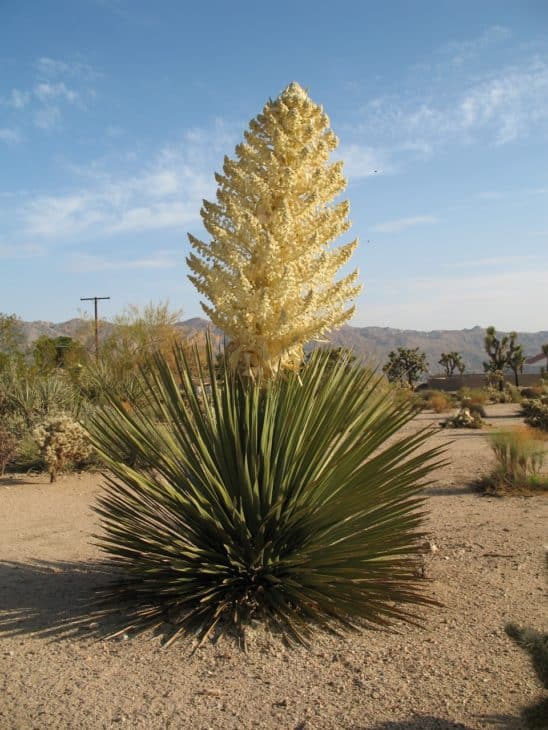
Yucca plants share a resemblance with agave because they are closely related. Yucca and agave both originate in the American Southwest and Mexico and are members of the Asparagaceae family.
Yuccas have thick, semi-succulent leaves that are sword-shaped and grow in a rosette. Some species have spines, while others are spineless. Yucca plants are variable in size. Smaller yuccas reach around 4 feet tall, while larger species can grow to 30 feet in height!
Like agave, yucca produces its flowers on a tall flowering shoot. However, their inflorescences are nowhere near as tall as agave. Yucca flowers look very different to agave flowers. The blooms are white and bell-shaped.
Because of where they come from, yucca plants are hardy, tolerating both heat and cold. Like agave, they prefer growing in full sun. In winter, they can handle temperatures down to 10°F. Yuccas are drought-hardy, only needing occasional watering.
Related: Are Yucca Plants Poisonous?
4. Dracaena
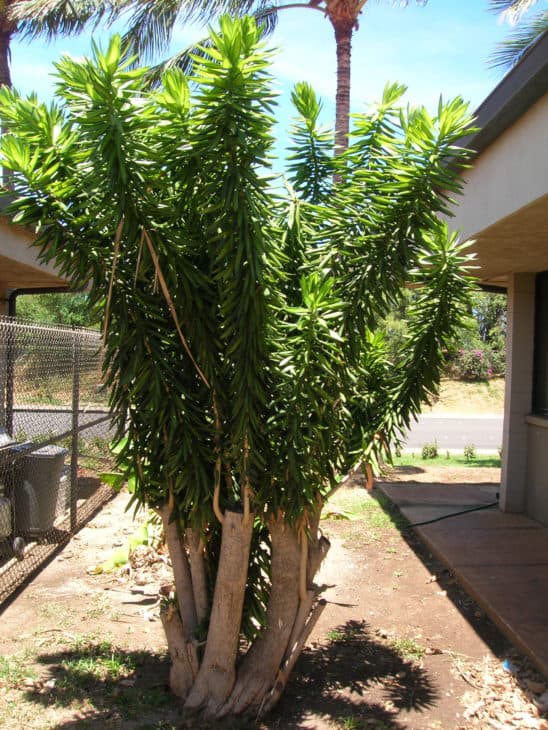
Dracaena is another relative of agave that looks rather similar. Some variegated species of dracaena look very similar to variegated agave plants.
Dracaenas have long, narrow, sword-shaped leaves that are semi-succulent and grow in a rosette. Some dracaena plants have short stems, like agave, but others grow taller trunk-like stems.
Like agave, dracaenas produce a tall flowering shoot from the middle of the plant. However, their flower spikes are nowhere near as tall as agave flowers! Dracaena flowers are small and white, growing in clusters along the flowering shoot.
These plants have very different growing requirements. Agave is much more tolerant than cold, heat, and drought compared to dracaenas. Dracaenas are often grown as house plants because they can grow in shadier conditions.
Related: Dracaena Plant Benefits
5. Dyckia
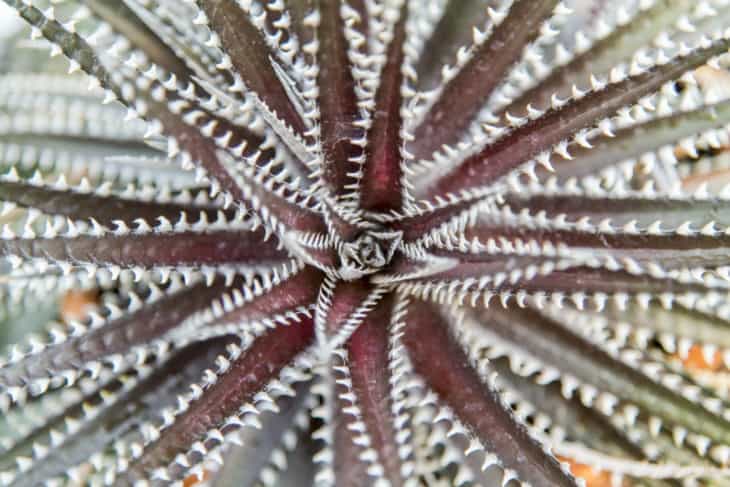
If you are looking for a miniature version of an agave, look no further than dyckia! Dyckia plants are succulents in the Bromeliaceae family that originate from South America.
Dyckias grow multiple rosettes of pointy, fleshy leaves with serrated margins. They are much smaller than agave plants. Each rosette only reaches around 8 inches in diameter. Like most agave species, they have a stemless growth form.
Unlike agave plants, dyckias produce yellow flowers. The flowering shoots are tall and hold beautiful golden to orange blooms all the way up their length.
Agave and dyckia plants have very similar growing requirements. Both prefer growing in full sun and enjoy hot conditions. Dyckias are sensitive to cold temperatures, only tolerating down to 20°F.
6. Pineapple Plant
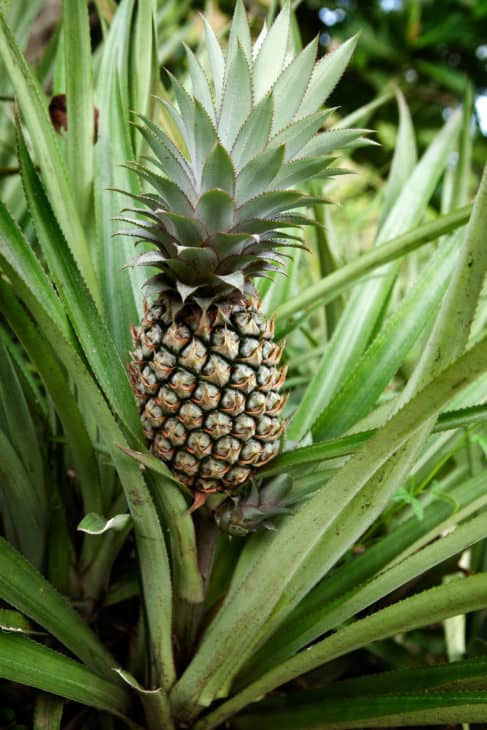
Another member of the Bromeliaceae family that bears a resemblance to agave is the pineapple plant! Ananas comosus is most famous for its deliciously sweet and sour fruit, but when grown as an ornamental plant, they look a lot like miniature agaves.
Pineapple plants consist of long, pointy, semi-succulent leaves that grow in a rosette. Like agave leaves, they have spiny, serrated edges. As the pineapple plant grows larger, it develops a short stem. Pineapple plants grow to about 3 to 5 feet tall.
When they flower, pineapple plants grow a 6-inch tall spiky, cone-like inflorescence with more than a hundred tiny blooms. They look very different to agave when they are in flower.
Pineapple plants are indigenous to South America. Like agave, they enjoy warmth and sun. Plant them in full sun and keep them well watered. They do like to dry out between waterings but will suffer if the soil stays dry for too long.

